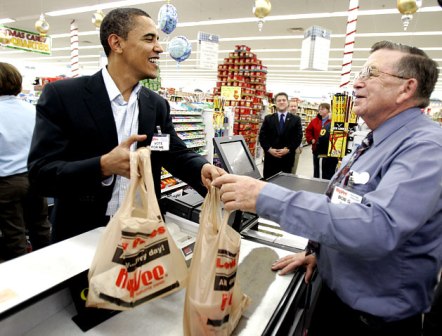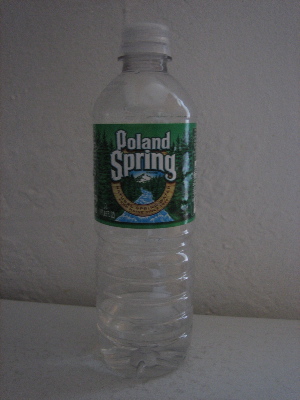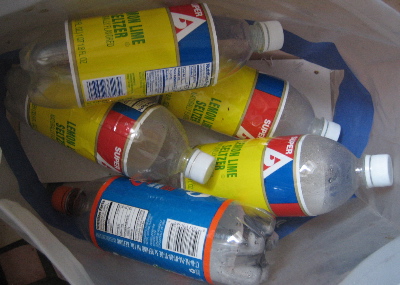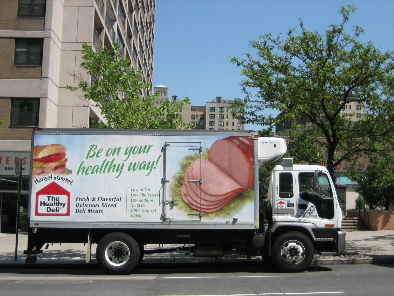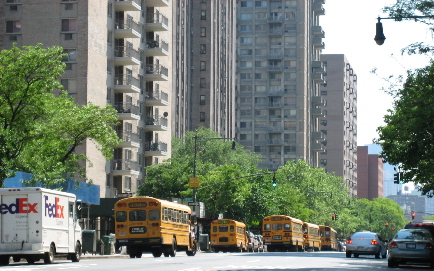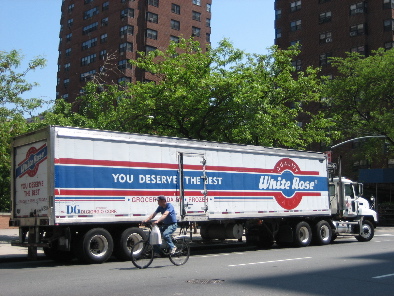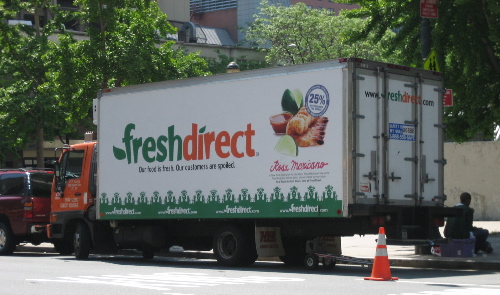According to the media, one of the latest green movements is happening in churches, synagogues, and mosques around the country. Several news organizations have already done stories about people from different faiths who all have the same goal of saving the environment.
The Weather Channel’s "Forecast Earth" profiles Baptist pastor and environmental advocate Dr. Gerald Durely, who was inspired by the environmental film The Great Warming. Dr. Durely says in the piece: "As one who believes that the Earth is the Lord’s and the fullness thereof, is that we have an obligation to ensure that what God has created, we keep together." The pastor has taken his environmental message and movement to his congregation because he says it will "make a difference for my children, my grandchildren, and generations to come when we begin to conserve and do what it is on this Earth that is so important."
ABC News looked into a North Carolina church that for the second year in a row is having a so-called "carbon fast" for Lent:
"Lent is a traditional time when we talk about reducing," said the United Church’s pastor, Richard Edens.
Lent is the 40-day period in which Christians fast and atone to prepare for Easter. This year the congregation has weekly themes; for example, one week they save water, another week they eat only locally-grown produce. And they are part of a growing international movement of carbon-fasters.
New Jersey Jewish News reports on a Jewish environmental organization’s call to synagogues to become more environmentally friendly by changing their old incandescent lightbulbs to energy-efficient ones:
"We’re trying to make our synagogue more energy-efficient, so it was a natural process," [Kevin Fried of Montclair, NJ’s Bnai Keshet synagogue] said. "We’re doing our part to help the environment. A couple of weeks ago we held a screening of An Inconvenient Truth (Al Gore’s documentary on global warming) and had CFLs [compact fluorescent lightbulbs]" on hand for people to see and purchase.
The article also features other energy-saving tips from the Coalition for the Environment in Jewish Life.
CNN reports on the "greenest" Canadian Church that is a model of eco-renovation. Father Paul Cusack of St. Gabriel’s Parish says he is "trying to raise the consciousness of people through the beauty of creation." And asks his parish: "What are we going to do as individuals in this community to change our lifestyle or anything else to facilitate the healing of the Earth?" The renovated church itself is a model of environmental-friendly architechture. Among its Earth-friendly features are large windows to draw in solar heat and a living wall that is a natural air purifier. And as Father Paul says, "It’s not words that make the difference, it’s actions."
The Washington Post and Newsweek‘s "On Faith" section online addressed interfaith environmental care. Eboo Patel’s Interfaith Youth Core brings together Evangelicals and Muslims to work for the greater good. Patel writes:
The Holy Qur’an teaches that God created Adam to be His servant and representative on Earth with the primary task of caring for the beauty and diversity of creation…In my Muslim outlook, I believe this is moving creation in line with the intention of the Creator.
Among Patel’s interfaith initiatives are Earth Day programs involving different faiths.
keeping the earth ever green
*Please note that ever green is religion neutral and does not advocate for or against any religion, but I am always happy to report on anyone or anything that is helping the environment regardless of motivation.
- Follow us on Twitter: @inthefray
- Comment on stories or like us on Facebook
- Subscribe to our free email newsletter
- Send us your writing, photography, or artwork
- Republish our Creative Commons-licensed content

